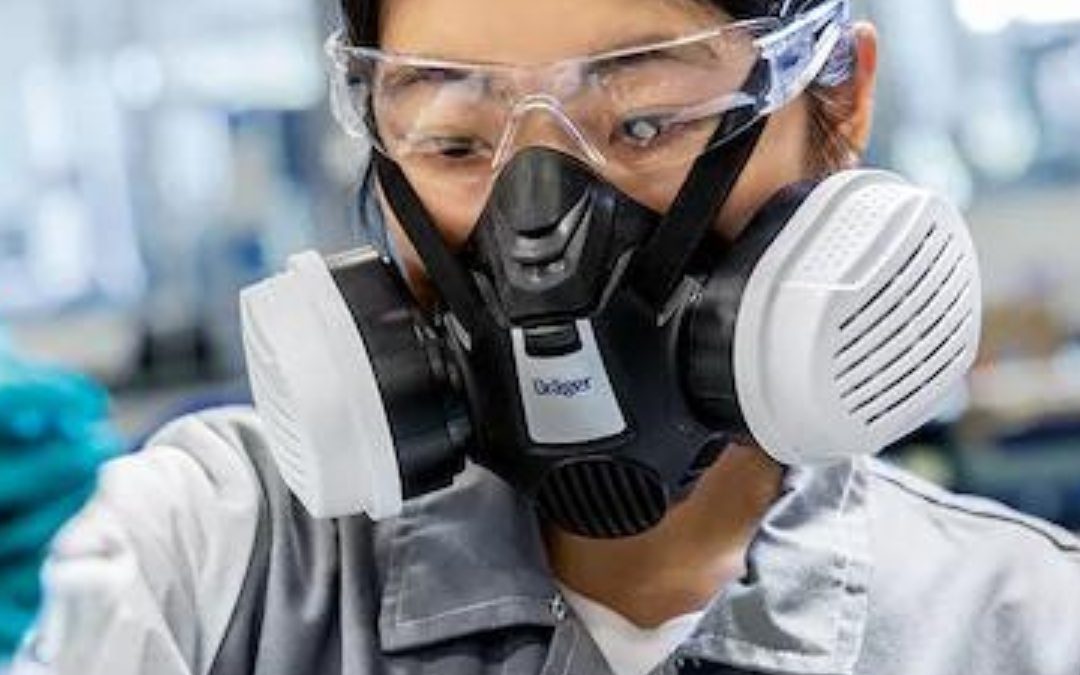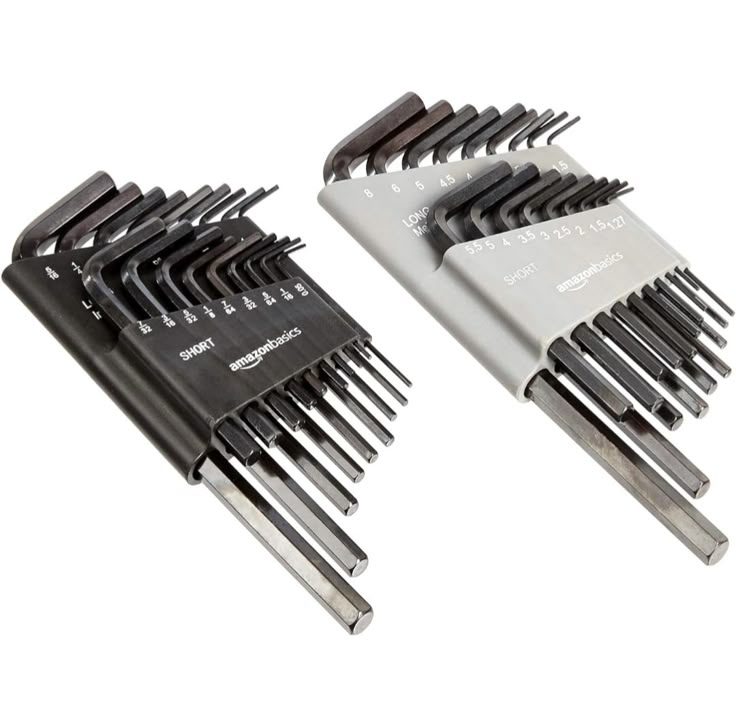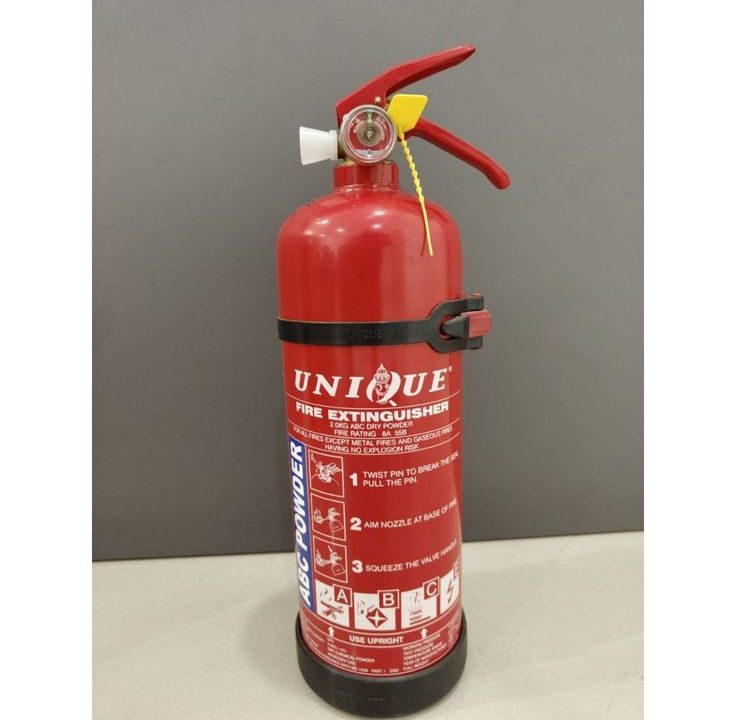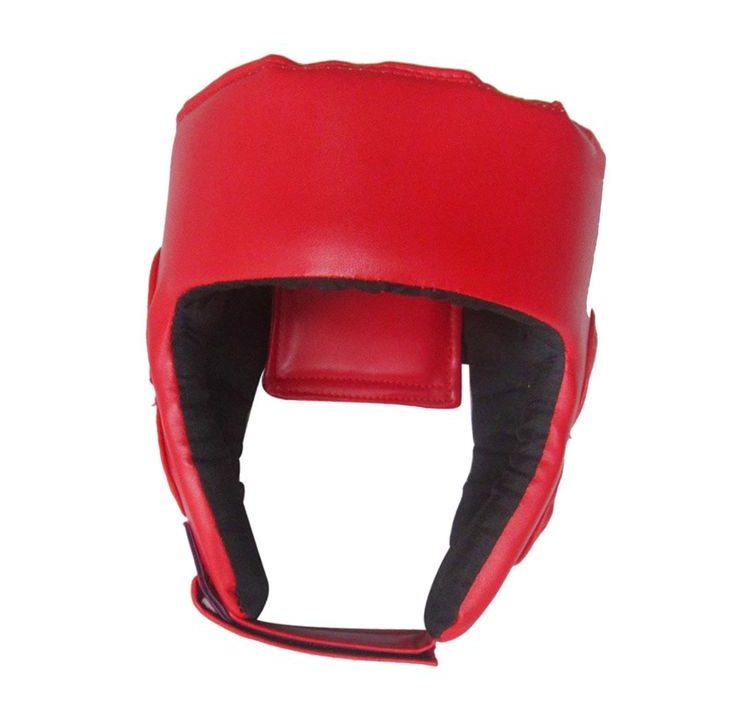The Role of Breathing Protection Equipment in Ensuring Workplace Safety

Guide to Facial Protection: Choosing the Right Gear
August 29, 2024
Enhancing Workplace Safety: A Comprehensive Look at Industrial Safety Equipment
September 24, 2024In many work environments, ensuring safety extends beyond basic measures like helmets and gloves. Often, the importance of breathing protection equipment is overlooked. This equipment is crucial for safeguarding workers from airborne hazards, which can lead to serious health issues if not properly managed.
Essential Takeaways
- Understanding the Need: Breathing protection is vital for shielding workers from airborne hazards. Identifying the specific hazards in your environment is key to selecting appropriate equipment.
- Choosing the Right Equipment: Select breathing protection based on the type of airborne contaminants and exposure levels. Options include particulate respirators, gas and vapour respirators, and SCBAs.
- Maintenance and Compliance: Regular maintenance, proper cleaning, and adherence to OSHA and NIOSH standards are crucial for effective protection and safety compliance.
In this blog post, we’ll explore why breathing protection is essential, the various types of equipment available, how to choose the right one, and how to maintain it to ensure it performs optimally.
Why Breathing Protection Equipment is Essential for Workplace Safety
The primary goal of respiratory safety equipment is to safeguard workers from inhaling harmful airborne particles, gases, and vapours. These hazards can vary greatly depending on the industry and specific work environment.
Types of Airborne Hazards
1. Construction: In the construction industry, workers are often exposed to dust and debris. Silica dust from concrete, asbestos fibers from older building materials, and other particulate matter are common concerns. Prolonged exposure can lead to serious conditions like silicosis, lung cancer, and other respiratory diseases.
2. Manufacturing: Manufacturing environments often involve chemicals and fumes that can be harmful if inhaled. For instance, workers in metalworking might be exposed to welding fumes, while those in chemical manufacturing could face various noxious gases.
3. Agriculture: Agricultural workers encounter organic dust from crops and livestock, as well as pesticides. Inhalation of these substances can cause respiratory issues, allergies, and long-term health problems.
4. Healthcare: In healthcare settings, workers are at risk from airborne pathogens and hazardous drugs. Proper Air Filtration Devices is essential to prevent the spread of infections and to protect against exposure to potentially dangerous drugs.
Understanding these hazards helps in recognizing the need for appropriate respiratory masks tailored to specific work conditions.
The Science Behind Air Filtration Devices
Respiratory masks function through various technologies designed to filter out harmful substances. Here’s a simplified explanation of how these devices work:
1. Filtration Systems: Most respiratory mask equipment uses filters to capture harmful particles. These filters can be designed to trap dust, fumes, vapours, or a combination of these. The efficiency of a filter is often measured by its ability to remove a certain percentage of particles from the air.
2. Respirator Types: Respirators come in different types, each suited for specific hazards:
- Particulate Respirators: These are designed to filter out particles from the air, such as dust and mists. N95 masks are a common example.
- Gas and Vapor Respirators: These use cartridges or filters to remove gases and vapours. They are essential in environments with chemical exposure.
- Powered Air-Purifying Respirators (PAPRs): These provide a continuous flow of clean air through a battery-operated fan, which helps in high-risk environments.
- Self-Contained Breathing Apparatus (SCBA): These are used in situations where the air is unsafe to breathe, providing a completely independent air supply.
Understanding how these systems work can help in selecting the right equipment for different situations.
Types of Respiratory Safety Equipment
This respiratory safety equipment comes in various forms, each designed for specific types of hazards and work environments. Let’s break down the main categories:
Particulate Respirators
N95 Respirators: N95 respirators are designed to filter out at least 95% of airborne particles. They are commonly used in construction and healthcare settings. These masks provide a basic level of protection against dust, mists, and other non-oil-based particles.
P100 Respirators: P100 respirators offer a higher level of protection than N95 masks, filtering out at least 99.97% of airborne particles. They are suitable for more hazardous environments where higher protection is required.
Gas and Vapor Respirators
Chemical Cartridge Respirators: These respirators use replaceable cartridges that contain specific filters to remove gases and vapours from the air. The type of cartridge required depends on the chemicals present in the workplace. For example, a charcoal cartridge might be used for organic vapours, while an acid gas cartridge is used for acidic fumes.
Combination Cartridges: Some respirators are equipped with combination cartridges that offer protection against multiple types of gases and particles. These are useful in environments where workers are exposed to a mix of hazards.
Powered Air-Purifying Respirators (PAPRs)
PAPRs: PAPRs use a battery-powered blower to draw air through filters and deliver it to the wearer. This equipment is ideal for environments where comfort and continuous air supply are critical. PAPRs are often used in healthcare settings and during prolonged work periods.
Self-Contained Breathing Apparatus (SCBA)
SCBAs: SCBAs are used in emergencies or in environments where the air is contaminated to the point of being unsafe to breathe. They provide a completely independent air supply and are commonly used by firefighters and emergency responders.
Choosing the Right Air Filtration Devices
Selecting the appropriate respiratory safety equipment involves understanding the specific hazards present in your work environment and matching those needs with the right equipment.
Work Environment
1. Identify Hazards: Start by assessing the types of airborne contaminants in your work environment. Are you dealing with dust, fumes, vapours, or a combination? Different hazards require different types of protection.
2. Evaluate Exposure Levels: Consider how much exposure workers will have to these contaminants. For high levels of exposure, more robust protection such as SCBAs or PAPRs may be necessary.
Comfort and Fit
1. Proper Fit: It must fit well to be effective. A poor fit can lead to leakage, reducing the equipment’s ability to protect the wearer. Ensure that masks and respirators are the correct size and have adjustable straps for a secure fit.
2. Comfort Features: For equipment used over extended periods, comfort is crucial. Look for features such as padded straps, adjustable headbands, and lightweight materials to improve comfort.
Compliance
1. Safety Standards: Ensure that the equipment complies with relevant safety standards and regulations. In the U.S., the Occupational Safety and Health Administration (OSHA) and the National Institute for Occupational Safety and Health (NIOSH) set standards for respiratory safety equipment.
2. Regular Updates: Stay informed about updates to safety regulations and ensure that your equipment remains compliant with current standards.
Maintenance and Care
Proper maintenance and care are essential for ensuring that respiratory masks functions effectively over time.
Cleaning and Sanitization
1. Regular Cleaning: Respirators and masks should be cleaned regularly according to the manufacturer’s instructions. For reusable equipment, proper cleaning helps maintain hygiene and extend the life of the equipment.
2. Sanitization: In environments where the risk of contamination is high, such as healthcare settings, sanitization may be required more frequently to prevent the spread of pathogens.
Inspection and Replacement
1. Routine Inspections: Regularly inspect equipment for signs of wear and tear, such as cracks, tears, or damaged filters. Conduct visual inspections and functional tests to ensure the equipment is working correctly.
2. Replacement: Replace filters, cartridges, and other components as needed based on the manufacturer’s recommendations and the level of use. Keeping track of expiration dates and usage helps ensure that equipment remains effective.
Regulatory Standards and Compliance
Adhering to regulatory standards is crucial for maintaining workplace safety and ensuring that respiratory masks provides the necessary level of protection.
OSHA Regulations
1. Requirements: OSHA regulations require employers to provide appropriate respiratory protection for workers exposed to hazardous substances. This includes conducting risk assessments, selecting suitable equipment, and providing training.
2. Documentation: Employers must maintain records of respiratory protection programs, including equipment selection, fit testing, and training.
NIOSH Certification
1. Importance of Certification: NIOSH certification ensures that air filtration devices meet established performance standards. Certified equipment is tested for its effectiveness in protecting against specific hazards.
2. Verification: Check for NIOSH certification labels on respiratory equipment to verify that it meets safety standards.
Industry-Specific Standards
1. Construction: In construction, regulations may include specific requirements for dust and fume protection, such as the use of high-efficiency particulate air (HEPA) filters.
2. Healthcare: Healthcare settings may have additional requirements for protection against biological hazards, including the use of specific types of respirators and protective barriers.
Case Studies and Real-world Applications
Real-world examples illustrate how proper air filtration devices can prevent workplace injuries and health issues.
Success Stories
1. Construction Industry: In a large-scale construction project, implementing high-quality particulate respirators significantly reduced respiratory-related illnesses among workers. The case study demonstrated the positive impact of investing in effective breathing protection.
2. Healthcare Setting: A hospital that upgraded to advanced powered air-purifying respirators saw a notable decrease in cases of respiratory infections among staff. This success story highlights the importance of using suitable equipment in high-risk environments.
Lessons Learned
1. Importance of Assessment: These case studies underline the importance of conducting thorough assessments to determine the appropriate type of breathing protection for specific hazards.
2. Ongoing Training: Training and education on the proper use and maintenance of air filtration devices are crucial for ensuring its effectiveness.
Conclusion
Respiratory safety equipment plays a vital role in safeguarding workers from airborne hazards in various industries. By understanding the types of hazards, selecting the appropriate equipment, and ensuring proper maintenance and compliance with regulations, you can significantly enhance workplace safety.
Call to Action
Review your current breathing protection measures and consider whether your equipment meets the necessary standards for your work environment. Explore our resources to find the right breathing protection equipment for your needs, and ensure that your workplace is equipped to provide the highest level of safety for your team.
By investing in the right equipment and maintaining it properly, you are taking a crucial step toward ensuring a safer, healthier work environment.
FAQs
1. What types of respiratory safety equipment are best for construction workers?
For construction workers, particulate respirators like N95 or P100 masks are typically recommended to protect against dust and silica. In more hazardous environments, additional protection such as full-face respirators or PAPRs may be required.
2. How often should air filtration devices be replaced?
The replacement frequency depends on the type of equipment and usage. Filters and cartridges should be replaced according to manufacturer guidelines or when they become clogged. Regular inspections can help determine when replacements are needed.
3. Can breathing protection equipment be used in combination with other personal protective equipment (PPE)?
Yes, air filtration devices can be used alongside other PPE, such as safety glasses, gloves, and hearing protection. Ensure that all equipment is compatible and does not interfere with the effectiveness of each other.
4. How can I ensure the proper fit of a respirator?
A proper fit is essential for effective protection. Conduct a fit test according to manufacturer instructions and ensure that the respirator forms a complete seal around the face. Regularly check the fit and make adjustments as needed.
5. Are there any specific regulations for breathing protection in different industries?
Yes, different industries have specific regulations and standards for breathing protection. For example, OSHA and NIOSH have guidelines for construction, manufacturing, and healthcare settings. Always refer to industry-specific regulations for detailed requirements.




